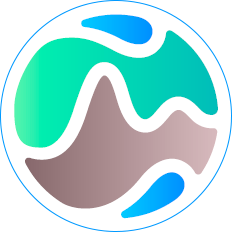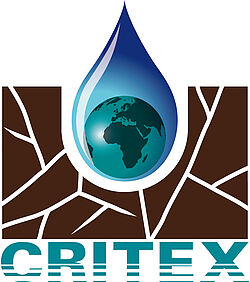The EOST is partner of three projects labelled "Excellence Equipment" launched in 2012.
Equipex is cutting edge scientific equipment to enable French research to be internationally competitive. Most research activities are now organized around these facilities. It may be modelling the sciences for which increasingly powerful computing means are required for certain equipment or databases for social sciences, physics, life sciences.
RESIF-CORE
French seismological and geodetic network: the basic equipment
Contact : Jérôme Vergne
RESIF is a national equipment for the observation and understanding of the solid Earth. It is an ambitious instrument aimed at acquiring new top-quality data for disciplines like seismology, geodesy and gravimetry to advance the understanding of the dynamics of our planet.
Distributed over the whole of France, RESIF makes it possible to measure ground deformation on timescales from a fraction of a second to a decade. RESIF is a state-of-the-art research tool which helps to better characterise natural hazard and manage natural resources.
RESIF contributes to the European and Worldwide systems of instruments which can be used to image Earth’s interior in its totality and to study numerous natural phenomena.
RESIF was awarded funding in the second wave of EquipEx calls for proposals in December 2011 under the name Résif-Core. The financial support, provided through the Investments for the Future Programme managed by the French National Agency for Research (ANR), amounts to €9.3M over 9 years (10 for operational support). This funding meets approximately 50% of the costs related to the construction and installation of instruments required by RESIF. In addition to personnel, Résif-Core’s partners contribute to logistical support (premises, cars, etc.).
CRITEX
National Park of innovative equipment for the spatial and temporal study of the Critical Watershed Area
Contacts : Jean-Philippe Malet (IPGS) et Marie-Claire Pierret (LHyGeS)
CRITEX project aims at developing shared innovative instruments and methods to explore and monitor the Critical Zone, this thin Earth’s envelope lying between the lower atmosphere and the unweathered rocks, supporting ecosystems and human livelihood and welfare. CRITEX initiative was proposed by on H+ and RBV, two national infrastructure observatory networks.
The equipment program CRITEX is proposed by two SOERE (Service d’Observation et d’Expérimentation pour la Recherche en Environnement, Observation and Experimentation Service for Research and Environment):
- RBV (Réseau des Basins Versants, a network of experimental and monitoring drainage basins from the catchment scale to the basin scale)
- H+ (réseau des sites hydrogéologiques, a network of hydrogeological sites)
Each SOERE consists in a network of instrumented and experimental field sites, with existing long term observation data. These national infrastructures have the mission to share instruments, data and modeling platforms to the community and to be a meeting place for national and international collaboration. The association of RBV and H+ networks reflects the ambition of CRITEX to associate hydrologists, geochemists and hydrogeologists, geophysics and the prominent role of groundwaters in catchment behavior.
The EOST is particularly involved in the water flow measurements using different methods (optical fibre, audio-magneto-telluric and hydro-gravimetry).
The project is supported by the CNRS and includes 20 laboratories belonging to four national research organisations and over twenty universities.
MIGA
Gravitational antenna based on atomic interferometry
Contact : Yves Rogister
MIGA is an interferometer for observing the gravitational field of the Earth. It consists of building a new infrastructure for studying the deformation of space-time and gravitation. Using a new approach for measuring these constraints based on quantum mechanics and cold atoms, this infrastructure will enable us to better understand changes in the Earth's gravitational field.


